Venture into the fascinating world of amphibians, where remarkable creatures bridge the gap between water and land, embodying one of nature’s most successful evolutionary stories. From the spring peeper’s cheerful chorus announcing winter’s end to the striking red-spotted newt’s journey through forest floors, these extraordinary animals have mastered life in two worlds. Living near Ontario’s wetlands and woodlands, amphibians serve as vital indicators of environmental health, their permeable skin telling silent stories about the quality of our air and water. Whether you’re spotting salamanders beneath fallen logs or listening to the evening symphony of frogs, these remarkable beings offer a unique window into the delicate balance of our ecosystems. As climate change and habitat loss pose increasing challenges to amphibian populations worldwide, understanding and protecting these incredible creatures has never been more crucial for maintaining the rich biodiversity of our natural spaces.
Common Amphibians You’ll Find in Ontario
Frogs and Toads
Ontario’s wetlands and forests are home to several fascinating frog and toad species. The American Bullfrog, our largest native frog, is easily recognized by its distinctive “jug-o-rum” call and can grow up to 20 centimeters long. Look for these impressive amphibians near the edges of ponds and lakes, where they often sit motionless waiting for prey.
Spring Peepers might be tiny (about the size of your thumbnail), but their high-pitched peeping chorus is one of the most beloved sounds of early spring. To spot these little performers, visit woodland ponds at dusk during April and May.
The American Toad, a garden favorite, can be identified by its warty skin and distinctive trilling call. Pro tip: they’re most active after rain, making twilight garden walks the perfect time for toad-spotting adventures.
Wood Frogs are nature’s hardy survivors, with the remarkable ability to freeze solid during winter. These chocolate-colored frogs with their distinctive black “robber’s mask” are common in forest pools during early spring breeding season.
Remember to observe these fascinating creatures from a respectful distance and never handle them with dry hands, as their sensitive skin can be easily damaged.
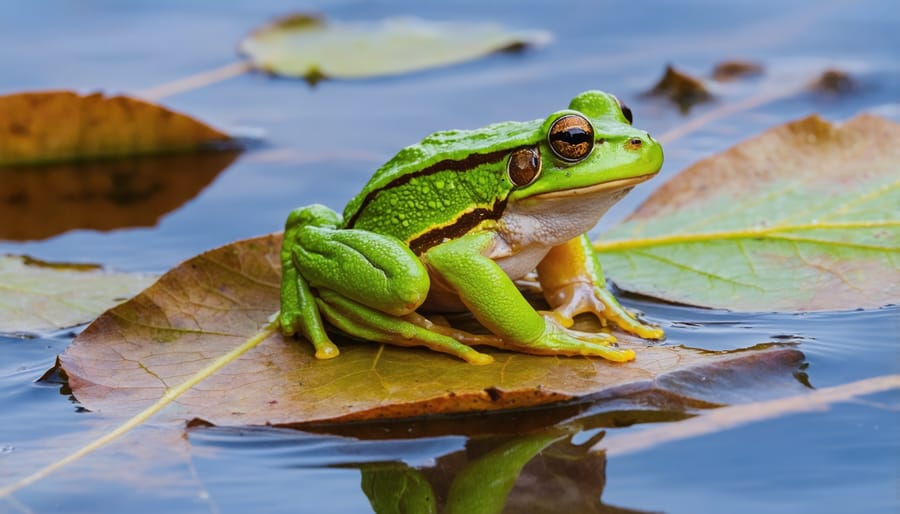
Salamanders and Newts
Ontario’s forests and wetlands are home to several fascinating salamander species, including the striking Blue-spotted Salamander and the rare Jefferson Salamander. These secretive creatures are most active during spring nights, especially after rain, when they venture out to breed in vernal pools and shallow ponds.
The best time to spot salamanders is during their spring migration, typically in March and April. Look for them in moist woodlands, under rotting logs, and near temporary forest pools. Popular salamander-watching spots include the Dundas Valley Conservation Area and Short Hills Provincial Park.
The Eastern Newt, with its distinctive orange juvenile phase known as the “red eft,” can often be found in deciduous forests throughout southern Ontario. These remarkable amphibians spend their adult lives in water but journey across land during their teenage years.
Remember to practice responsible wildlife viewing: never handle salamanders with bare hands (their sensitive skin can absorb harmful substances from your skin), and always leave logs and rocks exactly as you found them. These amazing creatures play a vital role in our forest ecosystems as both predator and prey.
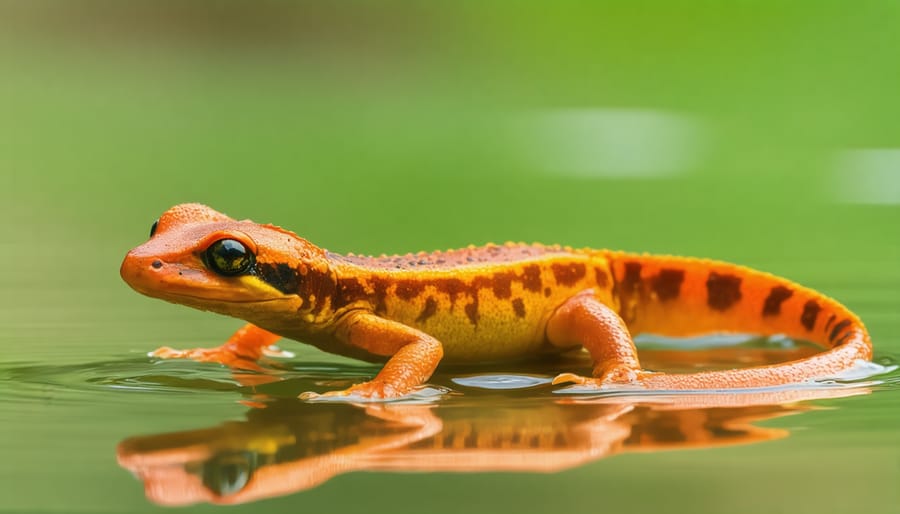
Best Spots for Amphibian Watching
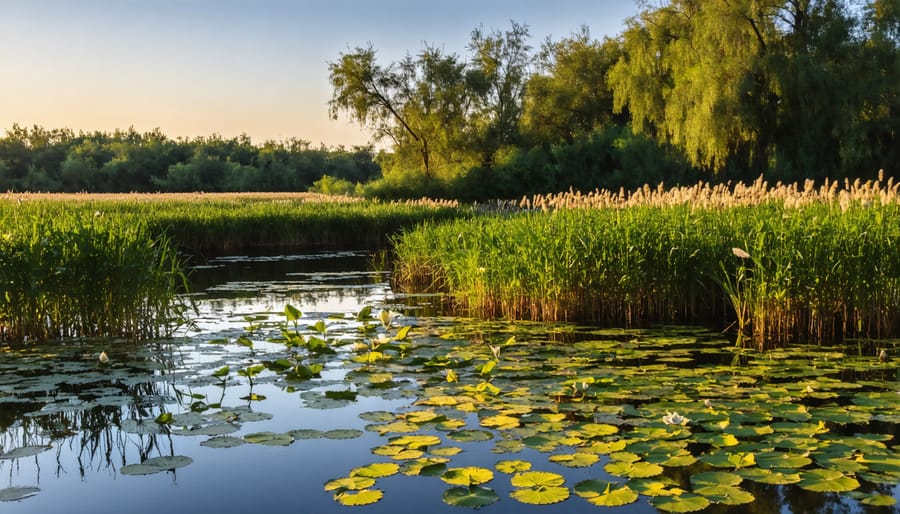
Wetland Habitats
Ontario’s wetlands provide perfect sanctuary for our amphibian friends, with countless marshes, ponds, and swamps dotting the landscape. These aquatic wildlife habitats range from tiny vernal pools that appear in spring to vast marshlands teeming with life.
Some of the best spots for amphibian watching include the shallow, sun-warmed ponds at Algonquin Provincial Park, where you’ll often hear spring peepers announcing the arrival of warmer weather. The cattail-fringed marshes of Long Point Provincial Park offer excellent viewing opportunities, especially during evening hours when frogs become more active.
Look for areas with plenty of vegetation along the water’s edge – these spots provide perfect cover for salamanders and newts. Dead logs and leafy debris near the water create essential microhabitats where these creatures thrive. For the best viewing experience, visit during early spring when many species gather for breeding.
Pro tip: Morning visits after a light rain often yield the best amphibian sightings. Just remember to keep your distance and never handle these sensitive creatures – their permeable skin makes them particularly vulnerable to the oils and chemicals on our hands. Bring a good pair of binoculars and a camera with a zoom lens to capture these fascinating creatures in their natural habitat.
Forest Floor Environments
The forest floor is a fascinating realm where many of Ontario’s amphibians make their home. These damp, shaded environments create the perfect conditions for salamanders and terrestrial frogs to thrive. Fallen logs, leaf litter, and moss-covered rocks provide both shelter and hunting grounds for these remarkable creatures.
In Ontario’s woodlands, you’ll often find Red-backed Salamanders hiding under rotting logs or Eastern Newts foraging among the decomposing leaves. These forest-dwelling amphibians play a crucial role in the ecosystem, controlling insect populations and contributing to nutrient cycling as both predator and prey.
The best time to spot forest floor amphibians is during or after rainfall when the ground is moist. Early morning and dusk are particularly active times, as many species emerge to feed. When exploring, gently roll over logs (always replacing them exactly as found) and look for movement in the leaf litter.
Pro tip: Bring a small flashlight for peering into dark spaces, but avoid disturbing any animals you find. Remember to never handle amphibians with dry hands, as their sensitive skin can be damaged by the oils and chemicals on our skin. If you must move debris to look underneath, do so carefully to avoid crushing any creatures that might be sheltering there.
The forest floor offers endless opportunities for discovery, but remember to tread lightly and practice responsible wildlife viewing to protect these delicate ecosystems for future generations to enjoy.
When to Go Amphibian Spotting
Spring is the prime season for amphibian spotting in Ontario, particularly from late March through May when these fascinating creatures emerge from their winter hibernation. During this time, you’ll witness the remarkable spectacle of spring migration, as frogs and salamanders make their way to breeding ponds and wetlands.
The best time of day for observation varies by species. Early morning and dusk offer excellent viewing opportunities when temperatures are mild and humidity levels are higher. Many species also display fascinating nocturnal amphibian activity, making evening excursions particularly rewarding.
Rainy days are actually perfect for amphibian spotting! When there’s light precipitation and temperatures are above 10°C (50°F), you’re likely to encounter salamanders and frogs moving about. Spring “Big Nights” – the first warm, rainy evenings of the season – are especially magical, as hundreds of amphibians may be on the move simultaneously.
For summer viewing, head out during or shortly after rainfall when the ground is damp. Early morning walks near ponds and wetlands can reward you with sightings of bullfrogs and green frogs basking in the sun. By late summer and early fall, you might spot young-of-the-year amphibians dispersing from their breeding ponds.
Remember to bring a flashlight for evening observations, wear waterproof boots, and dress for the weather. While winter months see less amphibian activity as they hibernate, the other three seasons each offer unique viewing opportunities for these remarkable creatures.
Responsible Wildlife Viewing Tips
When observing Ontario’s fascinating amphibians, it’s essential to follow proper wildlife viewing guidelines to protect these sensitive creatures and their habitats. Always maintain a respectful distance of at least 2-3 meters from any amphibian you encounter, as getting too close can cause them stress and disrupt their natural behaviors.
Remember to never handle amphibians unless absolutely necessary. Their delicate skin is highly permeable and can easily absorb harmful substances from our hands, including lotions, insect repellents, or natural oils. If you must handle them for educational purposes, always wear powder-free vinyl gloves and ensure your hands are clean and moisture-free.
Stay on designated trails and boardwalks when exploring wetland areas. This helps preserve the fragile ecosystem and prevents accidental damage to egg masses or underground burrows. Use a flashlight with a red filter when observing amphibians at night, as this causes less disturbance than white light.
Avoid using flash photography, as the bright light can disorient these sensitive creatures. Instead, try using natural lighting during daylight hours or specialized night photography techniques that don’t require flash.
Never remove amphibians from their natural habitat or relocate them to new areas. Each habitat has its own delicate balance, and moving these creatures can spread diseases or disrupt local populations.
If you’re lucky enough to discover egg masses or tadpoles, observe them from a distance and resist the urge to touch or disturb them. These early life stages are particularly vulnerable to environmental changes and human interference.
By following these simple guidelines, you’ll help ensure these remarkable creatures continue to thrive in Ontario’s diverse ecosystems for generations to come.
Ontario’s amphibians are more than just fascinating creatures – they’re essential indicators of our ecosystem’s health and vital members of our natural heritage. As we’ve explored the diverse world of frogs, toads, and salamanders that call our province home, it’s clear that these remarkable animals deserve our protection and respect.
You can make a difference in amphibian conservation right in your own backyard by creating frog-friendly gardens, avoiding pesticides, and maintaining natural pond areas. When visiting provincial parks or conservation areas, remember to observe these creatures from a respectful distance and never handle them unless you’re participating in an authorized citizen science program.
The next time you hear spring peepers announcing the arrival of warmer weather or spot a spotted salamander during a night walk, take a moment to appreciate these remarkable survivors. They’ve been here since the time of dinosaurs, adapting and persisting through countless changes.
Let’s work together to ensure future generations can experience the joy of discovering a tiny wood frog in a forest pond or hearing the ancient chorus of spring amphibians in our wetlands. After all, protecting Ontario’s amphibians means protecting the wild spaces we all treasure.


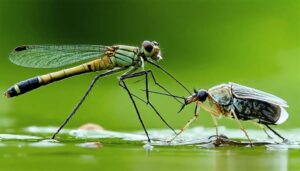
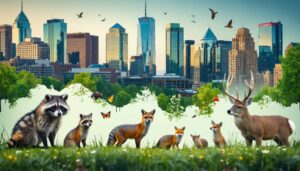

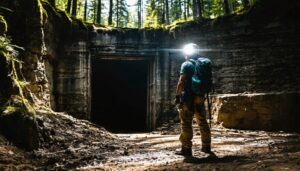
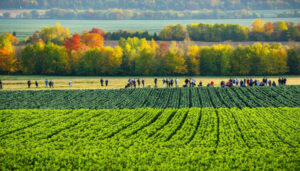

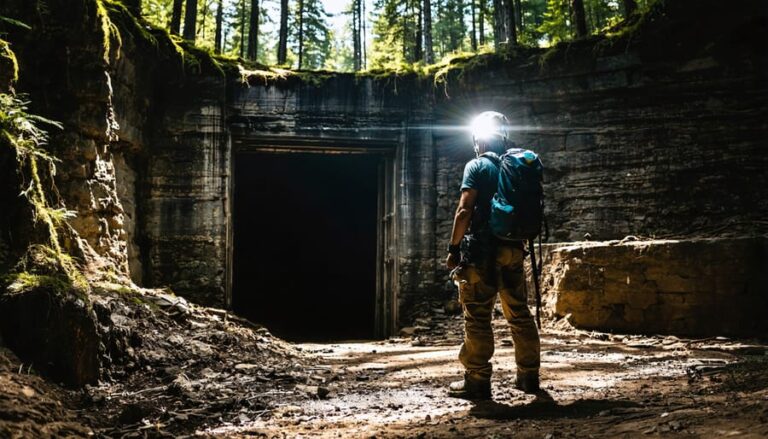
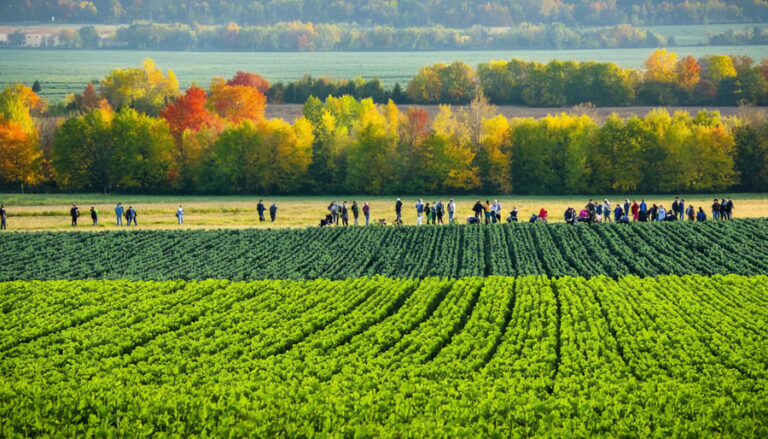




+ There are no comments
Add yours